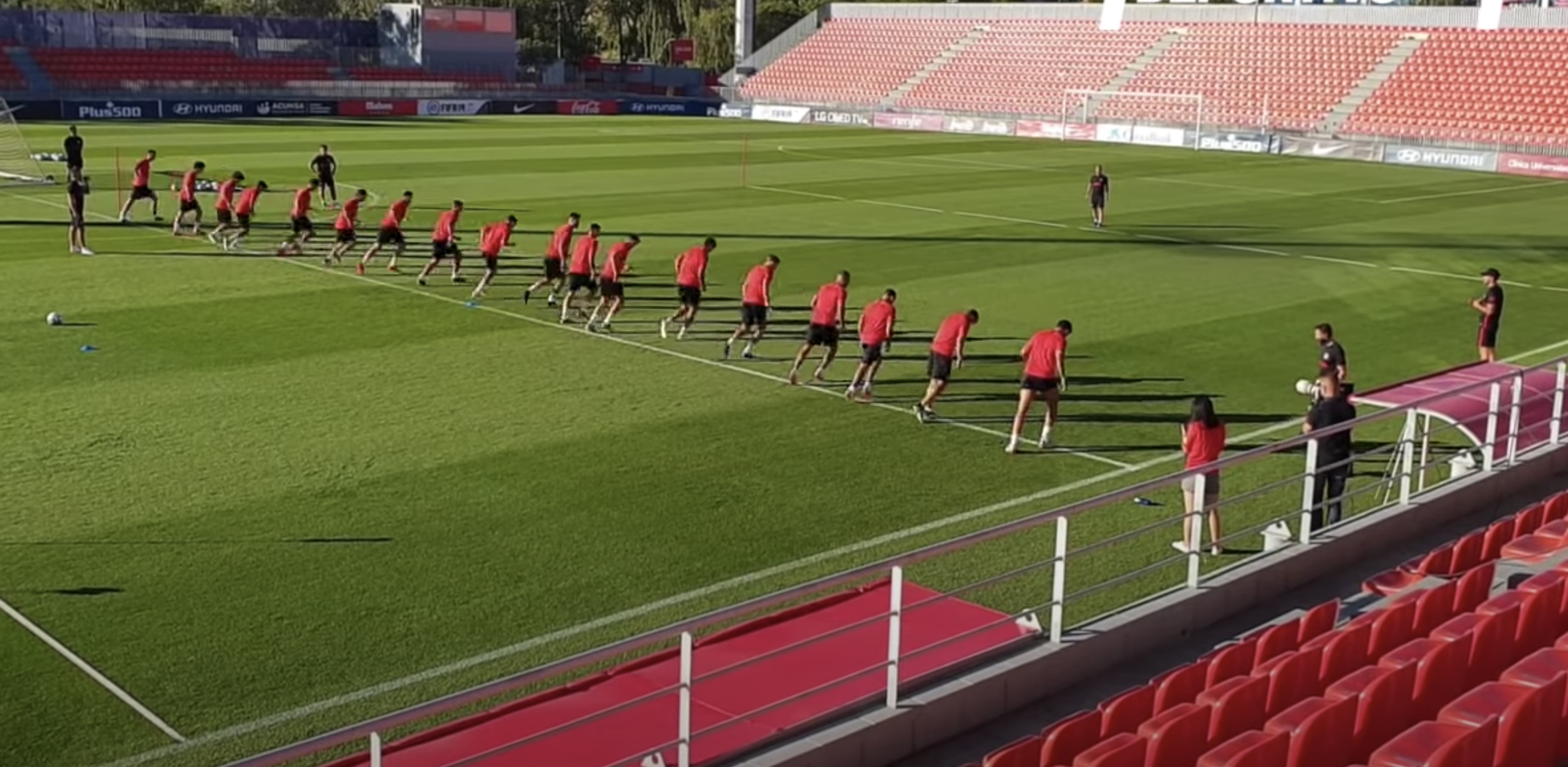FITNESS
SPECIFIC STRENGHT IN SOCCER: JUMPS

Starting from a biomechanical analysis and observing the electromyographic records corresponding to the execution of a jump, it is possible to elaborate the muscle activation pattern and to evaluate the level of participation of each muscle group during said activity. Based on these findings, it is possible to corroborate the involvement of the extensor muscles of the knees as the primary motors of the jump. In the same way, it is possible to prove the functional collaboration of the hip extensor muscles and the plantar ankle flexors as accessories to carry out the mentioned gesture.
Starting from the premise that to overcome the opponent, greater motor skills are required, among other things, in the case of aerial actions in soccer, the player who manages to rise above his opponent will be benefited. This advantage is achieved by improving jumping ability.
The important thing for training this quality is to ensure that the muscle groups named above adapt to the demands of the activity, achieving large manifestations of force at speeds as high as possible (explosive force). This is the power concept necessary for explosive sports. Increasing muscle power is one of the most important points in the physical preparation of soccer players, and for this, coaches have a wide variety of tools.
The greater the power or explosive force generated by a muscle group, the greater the performance produced. In the case of the jump, this increase in performance is expressed by an increase in the speed of takeoff from the ground by the athlete; thus, achieving a higher elevation of his center of gravity.





